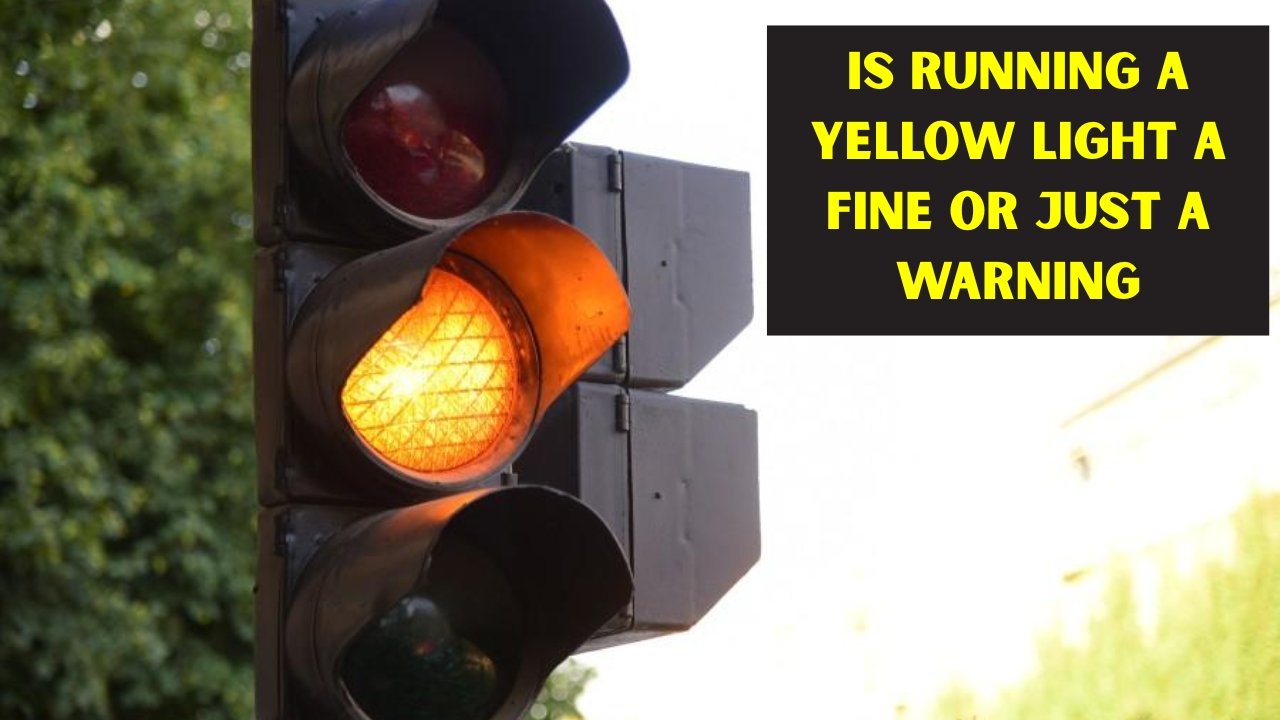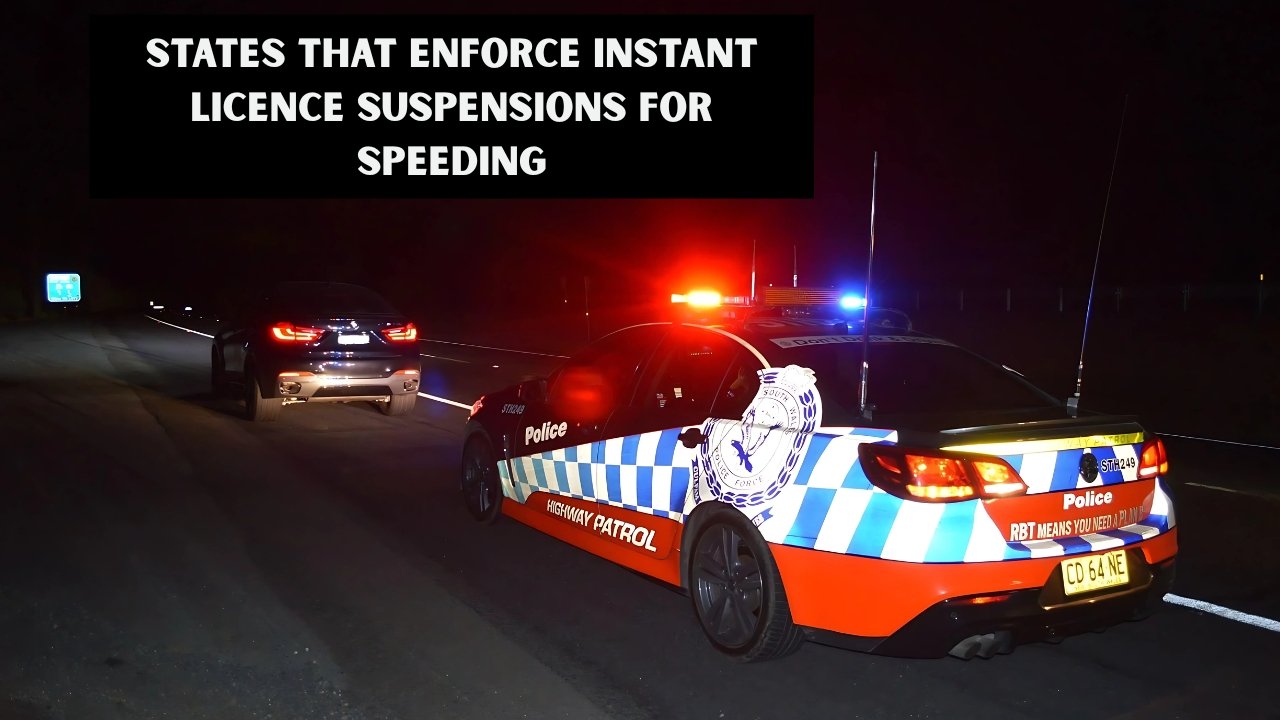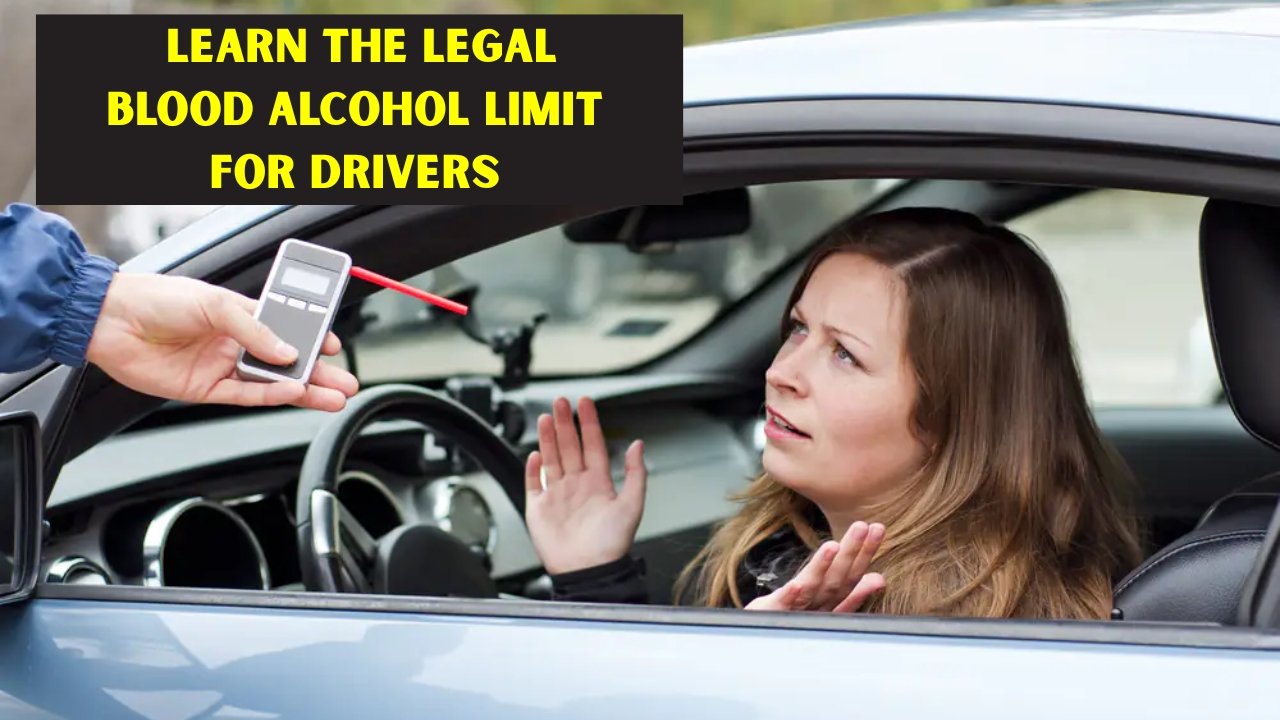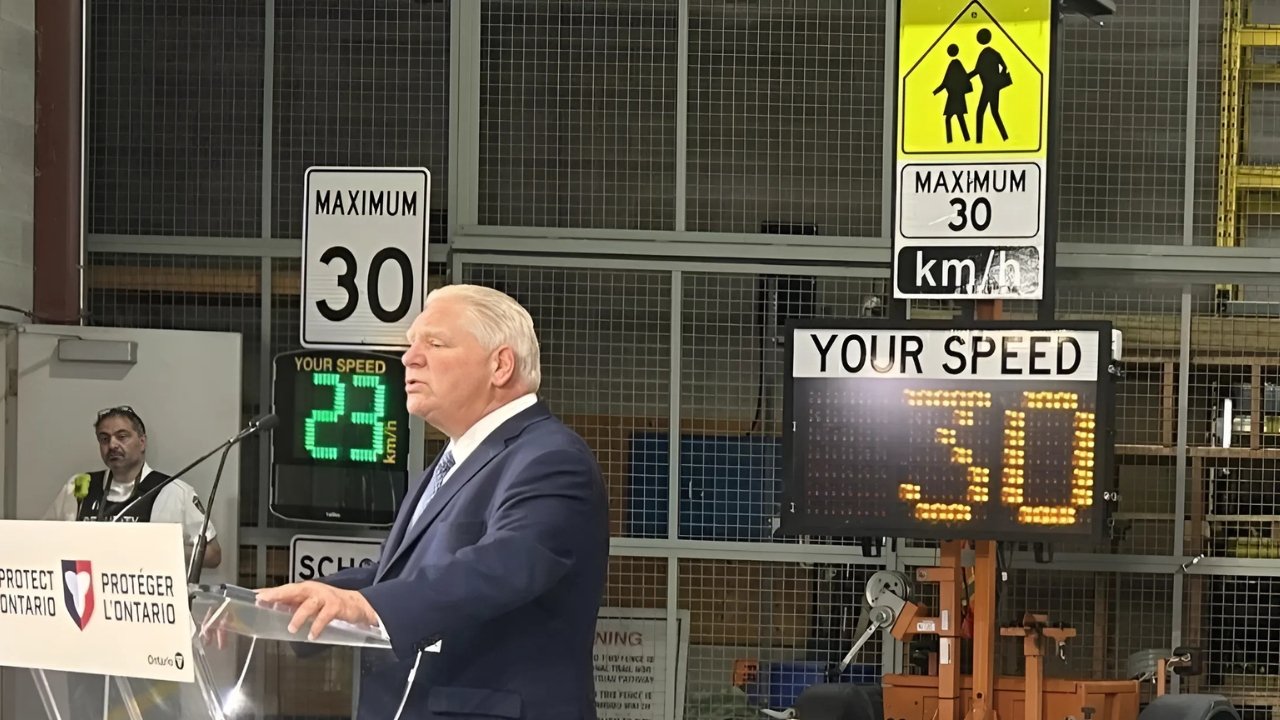In Australia, road lights aim at controlling road safety and reducing accidents. Most drivers know the meaning of the red and green lights but the yellow light can be confusing. Most motorists believe that a yellow light means accelerate ahead to avoid the red light, and in the real-life scenario, the Australian road traffic law considers the yellow light as a stark warning to be ready to stop. Violation of this rule not only can lead to the accident but also penalties.
Legal Yellow Lights There is no specific legal definition of the yellow lights
Under the Australian road rules, a red and yellow light are to be treated in the same manner in most circumstances. Drive should stop once the signal changes to yellow unless they cannot safely stop–for example, when they are too near the intersection and sudden braking would result in a rear-end crash. Traffic authorities are quick to note that the yellow signal is no invitation to go faster but an opportunity to stop without getting into trouble. In case a driver passes the light when he or she had a reasonable chance of stopping, he or she might receive fines and demerit points.
Punishments of a Yellow Light Runner
There is an underlying message in the running of a yellow light that does not go unnoticed, despite the popular belief. It is also true that in Australia, missing a yellow light and your time to stop is just as punishable as running a red. Drivers can be fined between $300 and more than $500, and be awarded a few demerit points on their license, depending on the state or territory. These violations are very likely to be caught by traffic cameras at the intersection and there is little disputes.
| Offence | Penalty (Approx.) | Demerit Points |
|---|---|---|
| Running yellow when safe to stop | $344–$500 | 3 points |
| Running red light | $400–$600 | 3–4 points |
This is a very strict law, enforced by the reasons as described below
The reason why the yellow-light violations are considered seriously is that it can result in a hazardous crash. Crossroads are one of the most dangerous places to crash and when a driver speeds up on yellow, they might hit cars that are already underway on their green. Through punishing yellow-light offenses, the road authorities will promote safer driving as well as minimize deaths at the intersection.
Defensive driving provides the skill to make safe choices in differing circumstances
As road users, it is the safest thing to do when you sense that the traffic is about to change on the light instead of accelerating. Paying attention to pedestrian crossing, cyclists, and other vehicles may help avoiding the rush at yellow lights. Law enforcement agencies suggest that people should drive at a safe speed around corners and should not be tempted to beat the red light. Making decisions to quit when one can is also a way of minimizing risks as well as evading the expensive fines and penalties.
Although fines discourage unsafe acts, the authorities emphasize on public education. Drivers should be taught that yellow is prepare to stop, and not rush to cross. By strengthening such knowledge with education and regular implementation, Australia aims at achieving a balance between punishments and encouraging road safety culture of responsibility.
FAQs
1. Am I liable to a fine because I ran a yellow light in Australia?
Yes, in case you had enough time to stop safely and chose to go on you can be fined and have demerit points.
2. When running a yellow light is the same thing as a red light?
In the majority, yes–red light-running is punished just as the failure to pull up at the yellow.
3. Do cameras record violations that are of yellow-light?
Yes, there are quite a number of red-light-cameras crossing roads where drivers are seen to stop at yellow when they should.












